Coleraine greets you with a salty breeze off the Atlantic and the gentle murmur of the River Bann as it spills toward the sea. This coastal town in County Londonderry sits at the heart of Northern Ireland's wild and wonderful Causeway Coast, where ancient history collides with dramatic landscapes. Step onto its shores, and you're just a stone's throw from one of Europe's oldest human settlements - Mountsandel Fort, where hunter-gatherers lived over 9,000 years ago. Today, the same winds that shaped those early settlers whip through cliffs framed by UNESCO gems like Giant's Causeway's basalt columns and Mussenden Temple's cliffside elegance.
Coleraine isn't just a gateway to legends; it's alive with adventure. Cast off from its marina for kayaking among seal colonies, hike the Sperrin Mountains' misty trails, or race through the North West 200's roaring circuits. By night, the Riverside Theatre hosts dramas that echo the town's artistic spirit, while The Diamond's cafés buzz with stories from locals who've seen it all. Whether you're tracing Neolithic footprints or savoring chowder at a harborfront pub, Coleraine wraps you in a story where every wave, hill, and headline feels like home.
Jump to section:
Things to See and Do
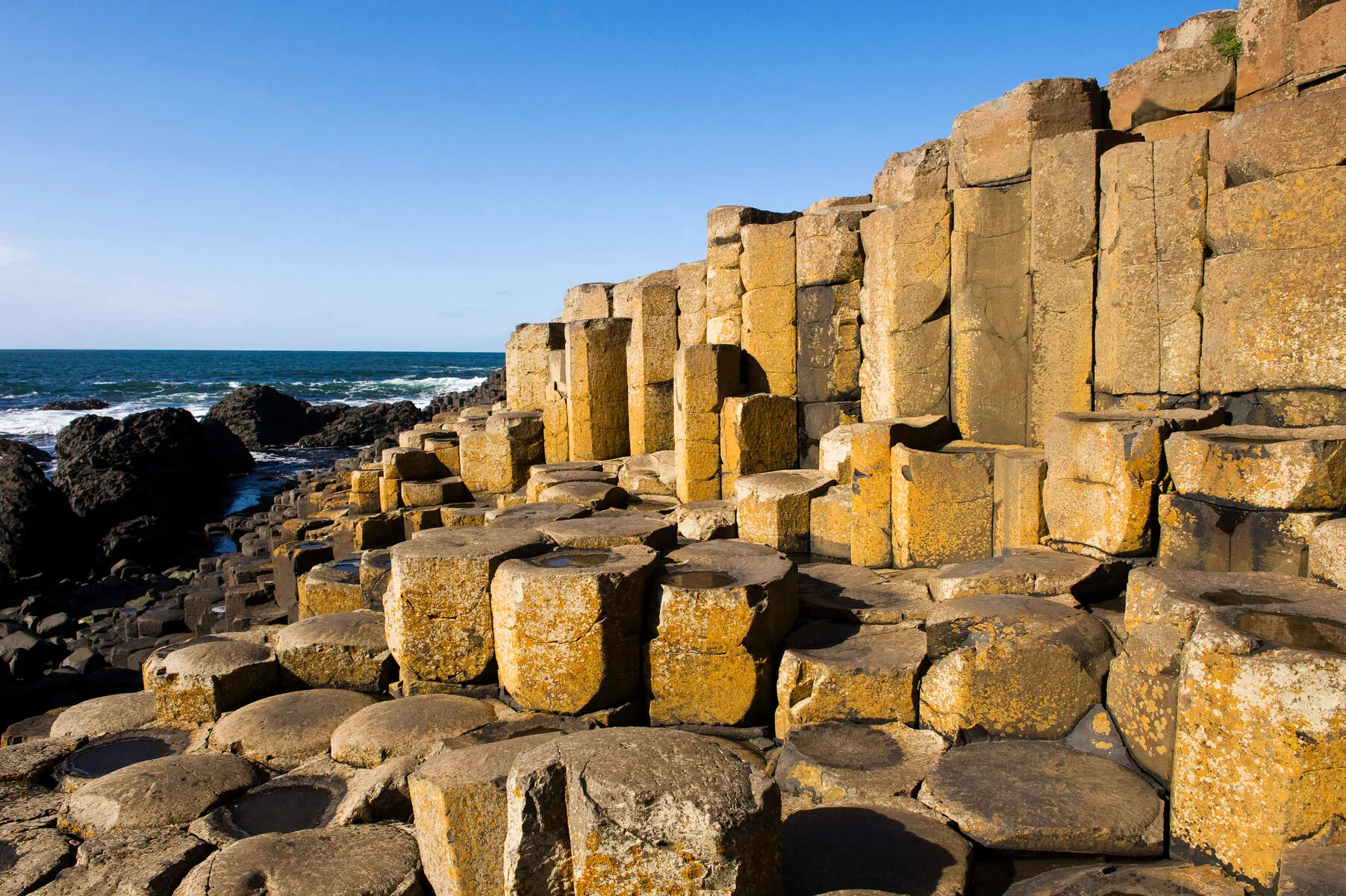
Giant's Causeway
UNESCO World Heritage Site with unique hexagonal basalt columns along the coast. Part of the Causeway Coast and Glens district.
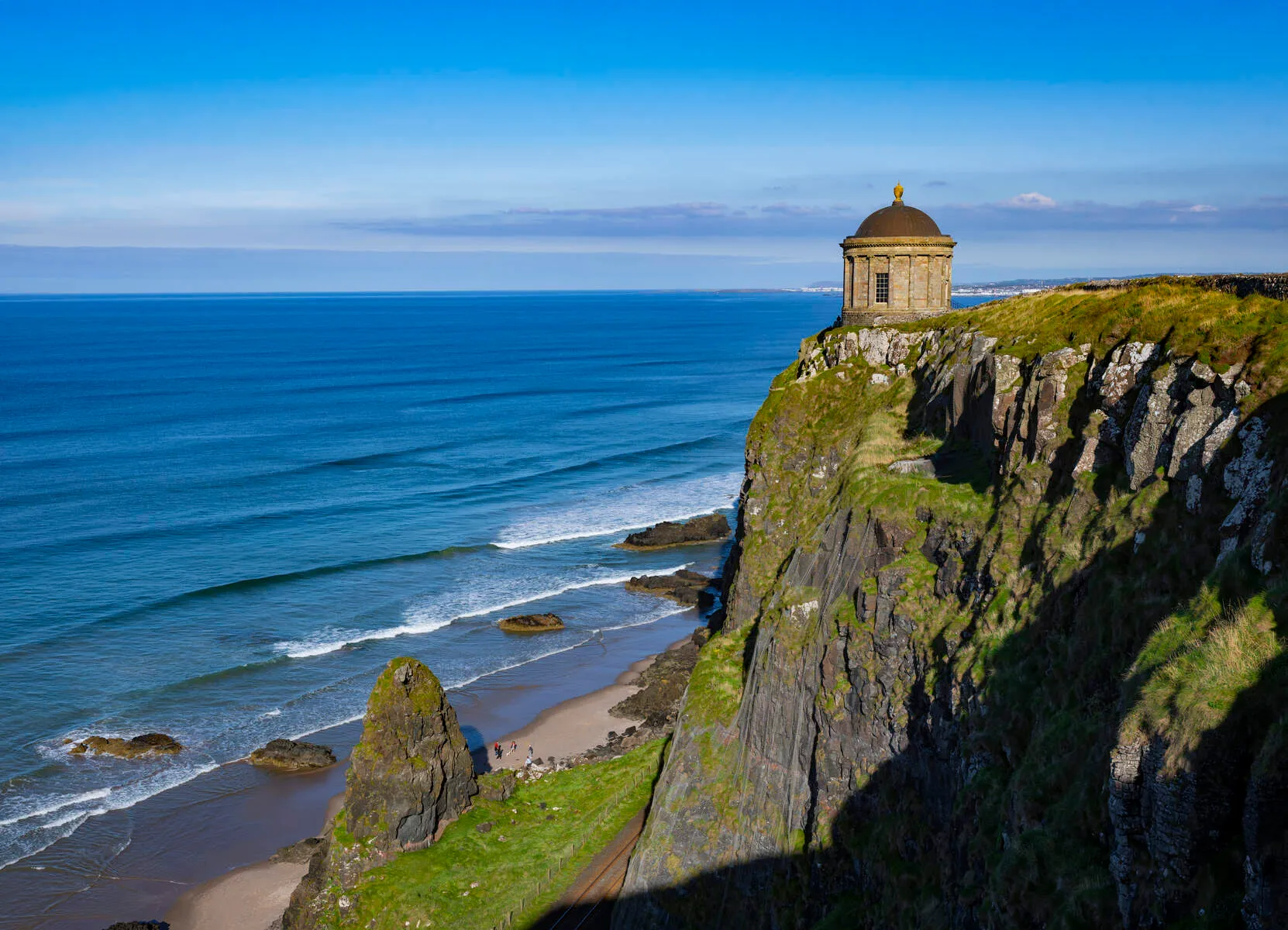
Mussenden Temple
Spectacular National Trust coastal estate with a cliffside temple offering dramatic Atlantic views near Portrush. Part of Downhill Demesne.
Springhill
17th-century plantation mansion and gardens managed by the National Trust, offering guided tours in a serene coastal setting.
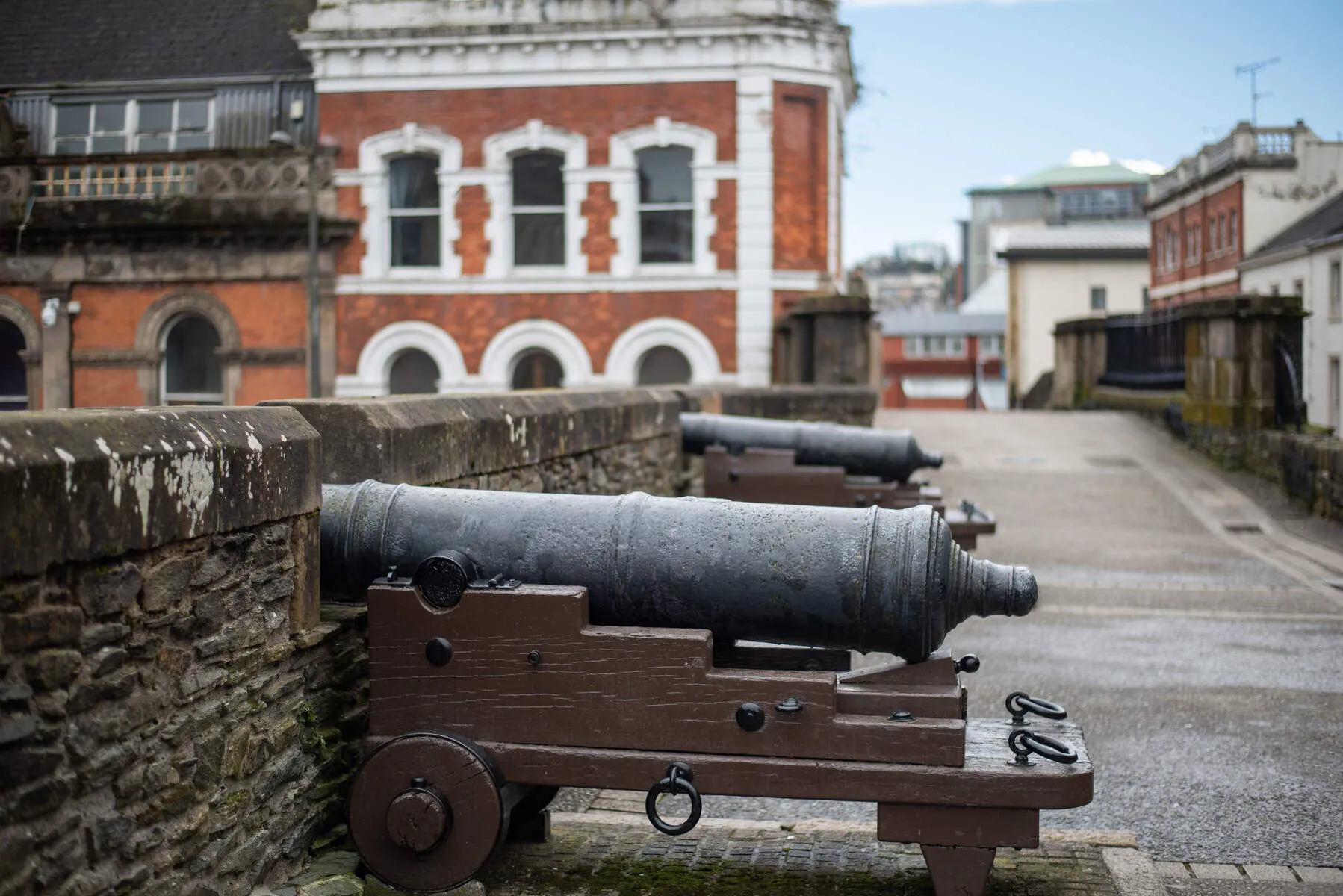
Derry City Walls
17th-century fortifications surrounding Derry, offering guided tours and panoramic views of the River Foyle. Located 20 minutes from Coleraine.
Mountsandel
One of Ireland's oldest recorded prehistoric settlements (c.7000 BC) with megalithic structures near Coleraine in County Londonderry.
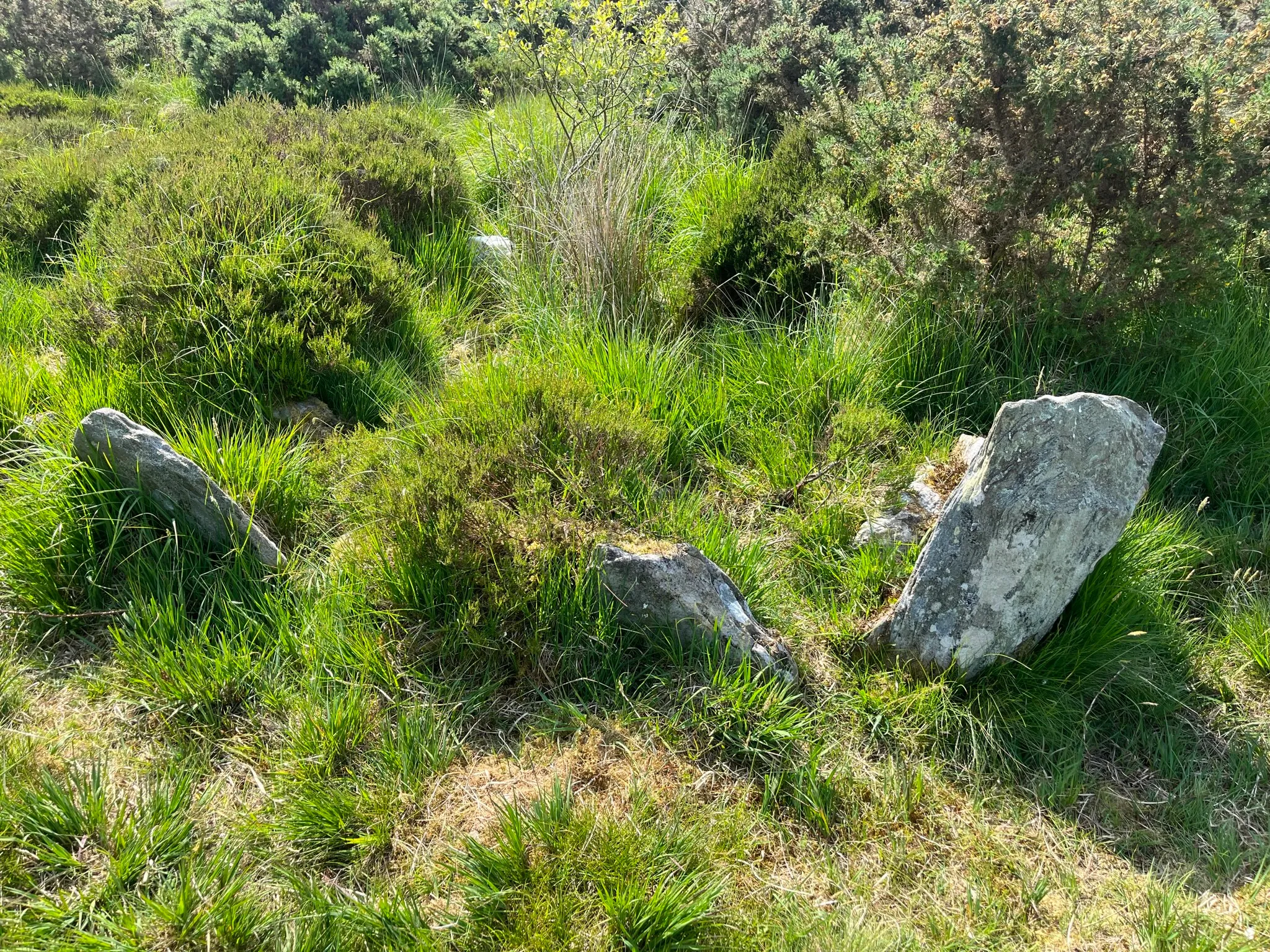
Ballygroll Prehistoric Landscape
A collection of ancient archaeological sites featuring stone circles and burial mounds from prehistoric times in County Londonderry.
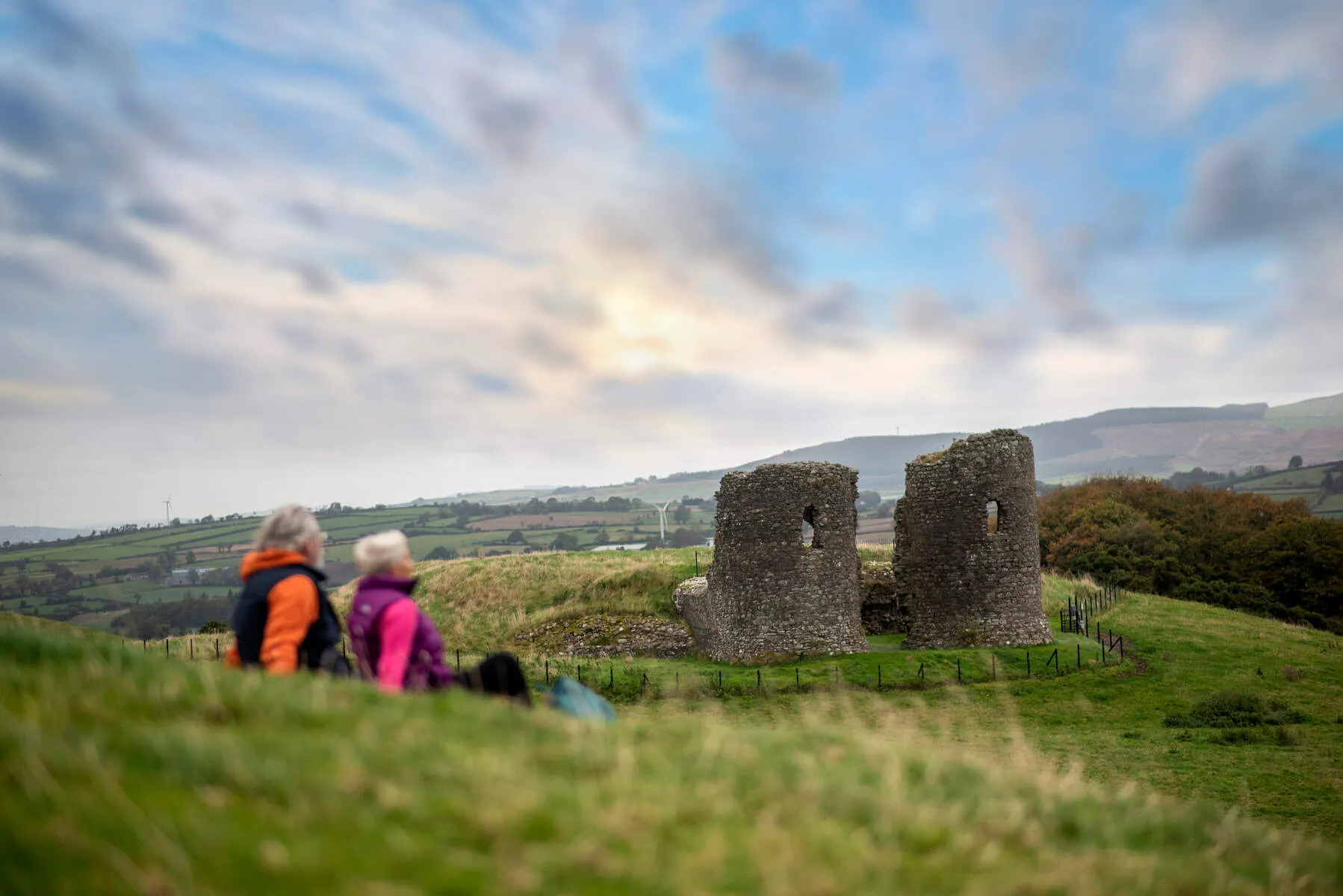
Sperrin Mountains & Sawel Mountain
Mountain range including Northern Ireland's highest peak (Sawel at 2,224 ft/678m), with trails offering panoramic countryside views.
Lough Foyle
Large estuary featuring bird sanctuaries, coastal trails, and water activities like boating and fishing. Popular for nature observation.
Bellaghy Bawn
Visitor center near Seamus Heaney's childhood home with exhibits exploring local history and the Nobel laureate's legacy.
Phoenix Peace Fountain
Iconic hexagonal sculpture in Anderson Park symbolizing unity, inspired by Giant's Causeway basalt columns. Located near River Bann.
The Diamond Centre
Coleraine's historic town square featuring the sandstone-built Town Hall (1859), shops, cafes, and vibrant public spaces.
Riverside Theatre
Northern Ireland's oldest professional theatre offering diverse performances. Home to youth drama programs and famous alumni like James Nesbitt.
Coleraine Marina & Harbour
Facilities for sailing, fishing, and water sports on the River Bann estuary. Features powered moorings and scenic coastal views.
North West 200 Motorcycle Race
Annual high-speed road race (May) using public roads between Portrush, Portstewart, and Coleraine. Attracts international motorcycle enthusiasts annually.
Getting There
Air
To reach Coleraine by air, the nearest airports are Belfast International Airport (BFS) and George Best Belfast City Airport (BHD), both located near Belfast, approximately 55 miles from Coleraine. From the airport, you can rent a car or take a taxi or bus to Coleraine.
Rail
Coleraine has a railway station with regular services to Belfast and other destinations in Northern Ireland. The train services are provided by Translink, which operates on the Belfast-Derry railway line, linking Derry~Londonderry railway station to Coleraine railway station and onwards into County Antrim to Belfast Lanyon Place and Belfast Grand Central.
Bus
There are regular bus services from Belfast and other towns in Northern Ireland to Coleraine. You can check the Translink website for schedules and fares. Other bus operators like Goldline or Ulsterbus may also connect Coleraine to nearby cities and towns.
Car
Coleraine is located near the A26 and A29 roads, which connect to Belfast and other major towns in Northern Ireland. You can use a mapping service like Google Maps to get directions from your starting location to Coleraine. The town has a one-way system with smooth traffic flow and ample parking opportunities. Some key travel times include:
-
From Belfast: approximately 55 miles, around 1 hour by car depending on traffic
-
Note that the exact travel time may vary based on your specific starting location and traffic conditions.
Events & Festivals 2025
There are currently no events listed. If you would like to add an event, please contact us.
History
Coleraine's history dates back to the Mesolithic era, with evidence of human settlement found at Mount Sandel, one of the oldest recorded settlements in Ireland. The town's name is derived from the Irish language, meaning "ferry corner", and its strategic location on the River Bann made it an attractive spot for colonization. In 1585, Sir John Perrot, the Lord Deputy of Ireland, established County Coleraine, which was named after its intended county town, Coleraine. The English authorities built a courthouse and jail at Desertmartin, marking the beginning of English control in the area.
During the Tudor conquest of Ireland, the territory was seized by England to check the power of the O'Neills, a powerful Irish clan. In 1607, the Flight of the Earls took place, followed by O'Doherty's Rebellion in 1608, leading to the escheat of Irish aristocrats' lands to the Crown. The City of London Corporation and its livery companies were granted the territory in 1609, with instructions to undertake its plantation. This period saw the establishment of new towns, including Coleraine and Londonderry, with the goal of building two new urban centers.
In 1613, County Coleraine was incorporated into the newly founded County Londonderry, named after the titular new city. The Honourable Irish Society, composed of London's livery companies, played a significant role in the plantation of the area, with each company granted around 3,210 acres throughout the county. The society's involvement had a lasting impact on the town's development, reflected in its high-quality buildings, administration, and educational establishments.
The town's history is also marked by its connection to notable figures, such as Sir Thomas Phillips, who was appointed Governor of County Coleraine in 1611, and Hugh Thompson, a renowned artist and illustrator whose work appeared in publications by Jane Austen and Charles Dickens. St. Patrick's Church, completed in 1885, stands on one of the oldest ecclesiastical sites in Ireland, where St. Patrick founded one of the first churches in 456 AD.
Coleraine's strategic location on the River Bann made it a major source of commerce and administration from the plantation onwards. The town prospered from its involvement in the Honourable Irish Society and the plantation, with the river once dividing two counties and the town straddling both. This unique position aided its development as a center of trade and governance. Today, visitors can still see remnants of the town's rich history, including the last visible remains of earthen ramparts that once surrounded the fortified town.